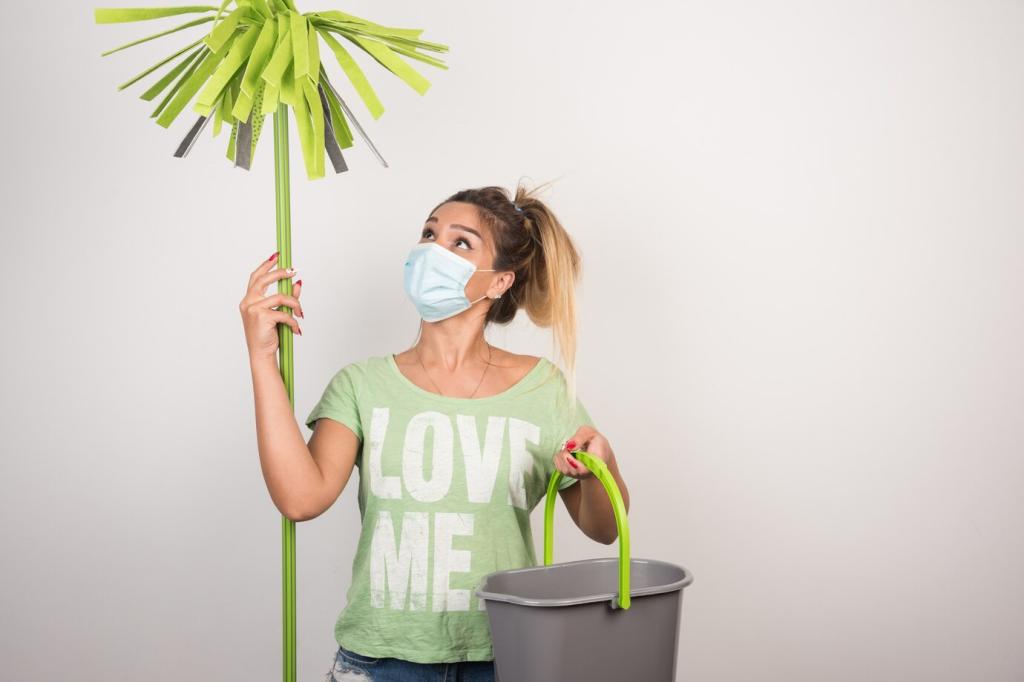Chosen theme: Natural Upholstery Cleaning Methods. Welcome to a cozy corner of practical wisdom where pantry staples, gentle habits, and a splash of old-school know‑how keep sofas, chairs, and cushions beautifully clean without harsh chemicals. Settle in, share your own wins or questions, and subscribe for new nature-powered tips each week.
Know Your Fabric First
W welcomes water-based solutions like diluted vinegar or mild Castile soap. S prefers solvents—think clear ethanol. WS accepts both with caution. X is vacuum or brush only. Check the tag, then choose the gentlest natural path.
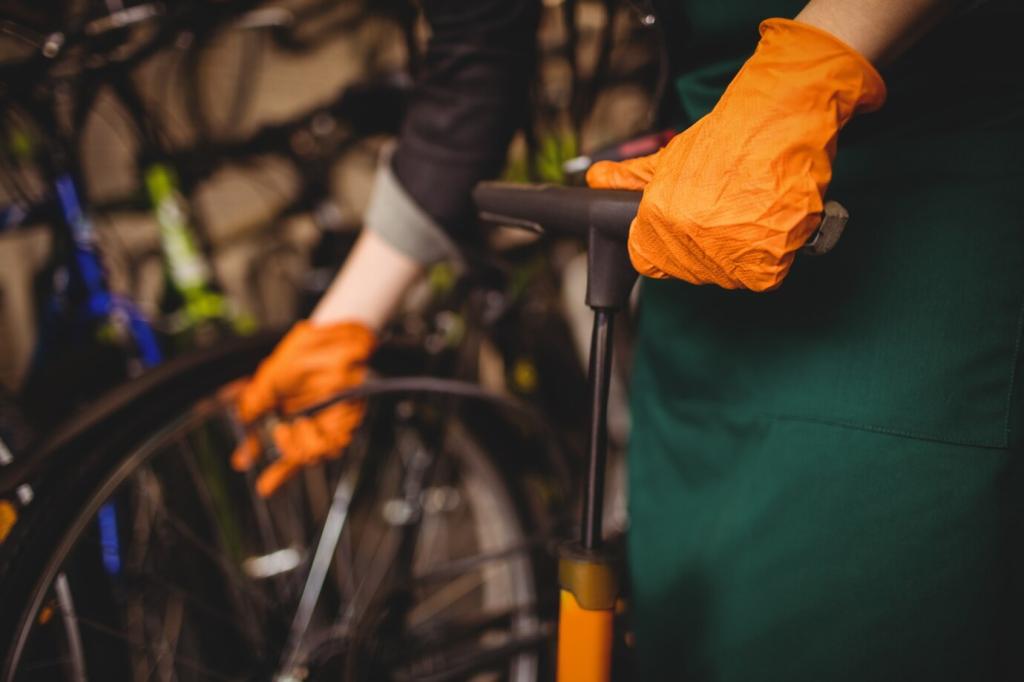
Daily Habits, Big Payoffs
Vacuum like a pro, in five minutes
Use a soft brush and crevice tool from top to bottom, seams to cushions. A weekly pass removes grit that saws at fibers. HEPA filtration helps allergies and reduces the need for aggressive cleaning later.
Pet-friendly tricks that actually work
Sweep pet hair with a slightly damp rubber glove or a squeegee before vacuuming. Sprinkle baking soda, wait, then vacuum to neutralize odors. Our beagle’s favorite armchair stays guest-ready with this simple two-step routine.
Air it out, but wisely
Open windows for cross-breezes and give cushions a short morning sunbath. UV light can freshen, but prolonged exposure fades dyes. Rotate cushions monthly, and tell us your best airflow setup for naturally fresh rooms.
Stain Emergencies, The Natural Way
Rubbing shoves pigment deeper and roughs up fibers. Press a white cloth, lift, rotate, and repeat. Capillary action does the work. This gentle discipline turns ten-minute disasters into forgettable footnotes without harsh chemicals.
Stain Emergencies, The Natural Way
The bubbles and gentle acidity in plain carbonated water help lift fresh stains. Pour a little onto a cloth, blot patiently, then dry. It saved our linen ottoman after a surprise cherry soda spill.
Pantry Recipes That Save Sofas

Vinegar balancing spray (for W/WS fabrics)
Combine one part white vinegar with three parts water in a fine mister. Lightly spritz, wipe with a clean cloth, and dry. It neutralizes many odors without perfume. Always patch test and avoid soaking seams.

Castile soap cloud method
Whisk a teaspoon of liquid Castile soap into two cups warm water to create light foam. Apply only the suds, not the liquid, with a soft cloth. Wipe, then follow with a damp cloth and thorough drying.
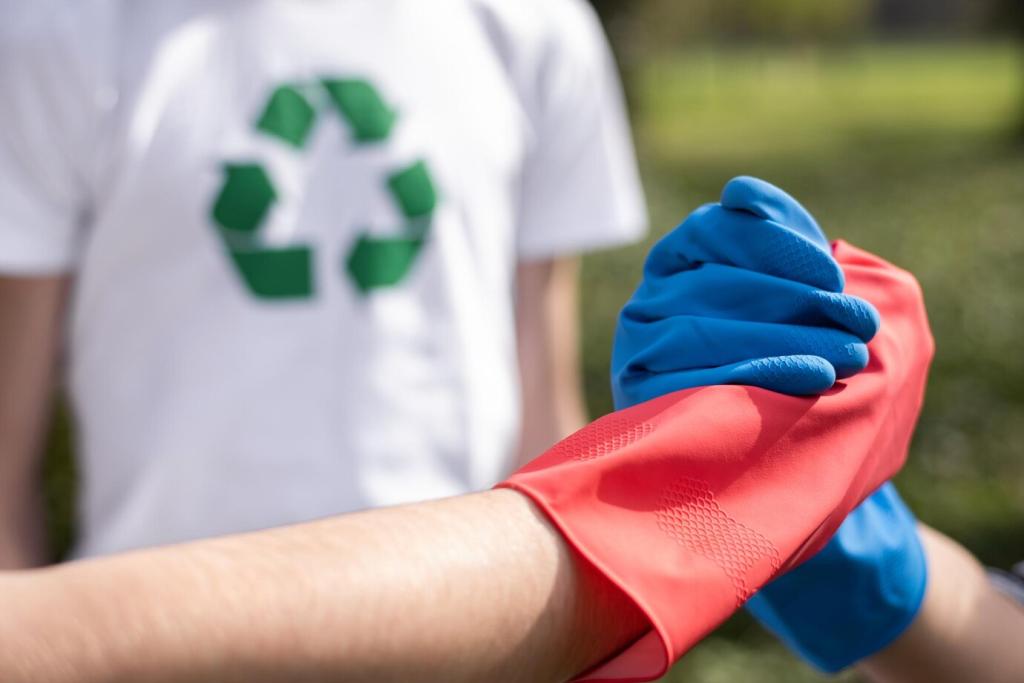
Baking soda paste for spot care
Blend three parts baking soda with one part water to form a soft paste. Spread thinly on a small, safe area, let dry, then vacuum. It helps with lingering dinginess and gentle deodorizing on robust fabrics.
Clear ethanol (unflavored vodka) spot cleaning
Lightly dampen a cloth with clear ethanol and dab—don’t flood—the stain. It evaporates quickly, lifting some oily residues without water. Ventilate well and test unseen areas, then tell us how your fabric responded.
Cornstarch for oils and butter spots
Cover fresh grease with a generous layer of cornstarch, press gently, and leave for several hours or overnight. Brush away and repeat if needed. This simple absorbent trick rescues armrests after snack-time slips.
Dry brushing to revive texture
Use a natural‑bristle clothes brush to align fibers and refresh nap, especially on velvets and chenilles. Short, even strokes add life without moisture. Show your before‑and‑after in the comments for community applause.
Baking soda shake‑and‑sit
Dust a light, even layer over cushions, wait thirty to sixty minutes, then vacuum thoroughly. It quietly absorbs musty notes. Place a bowl of ground coffee nearby—never on fabric—for a cozy aroma boost.
Herbs and essential oils, used wisely
Essential oils can stain, so avoid direct fabric application. Instead, tuck dried lavender sachets under cushions or mist the room lightly with heavily diluted blends. Gentle scent, minimal risk. Share your favorite safe combinations.
Activated charcoal bags for persistent odors
Set breathable charcoal pouches near the sofa to absorb lingering smells from cooking or pets. Refresh them in sunshine monthly. Pair with regular ventilation for a natural, long‑game strategy against stale air.
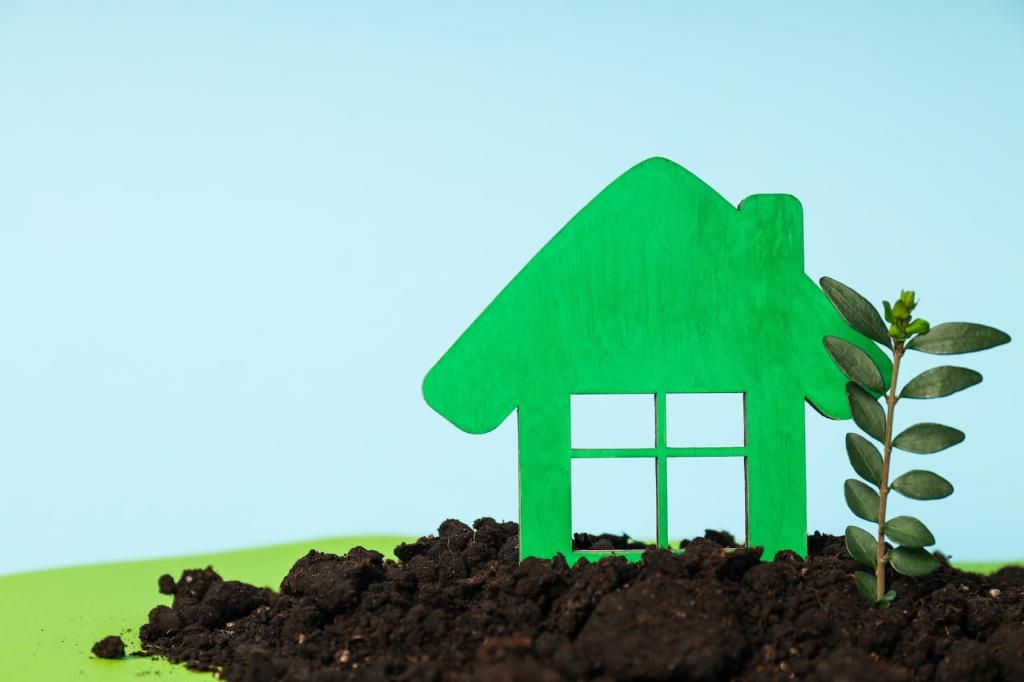
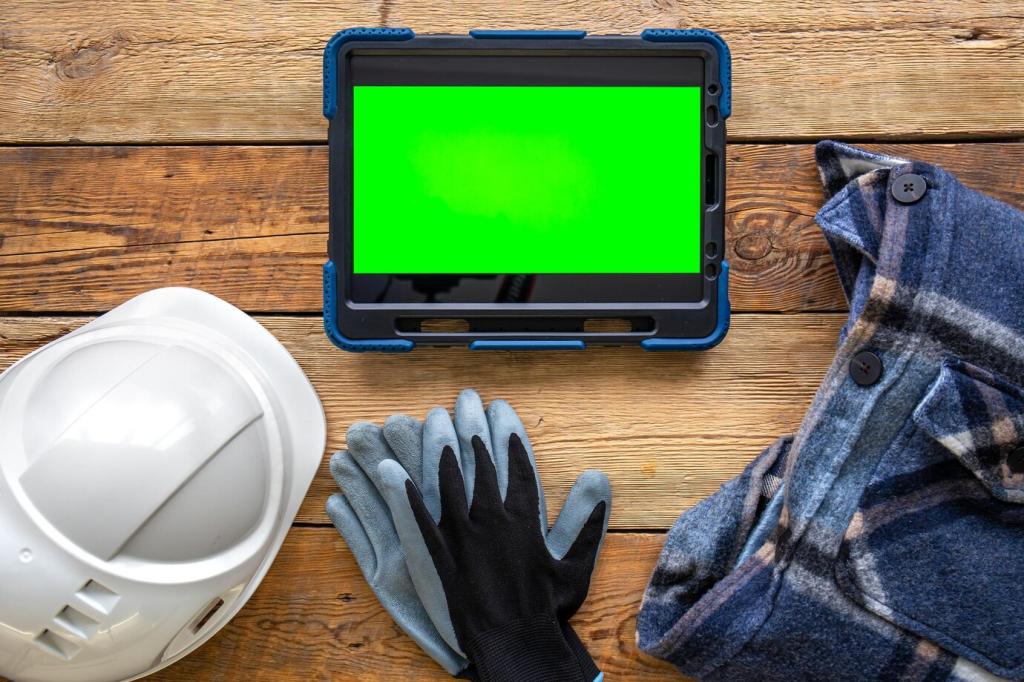
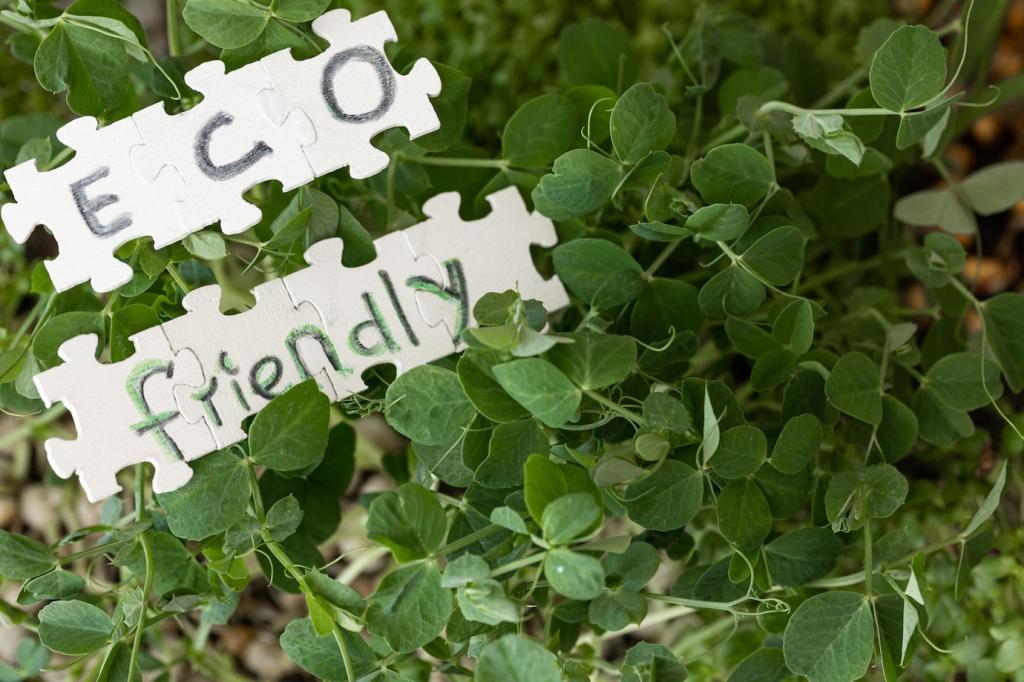
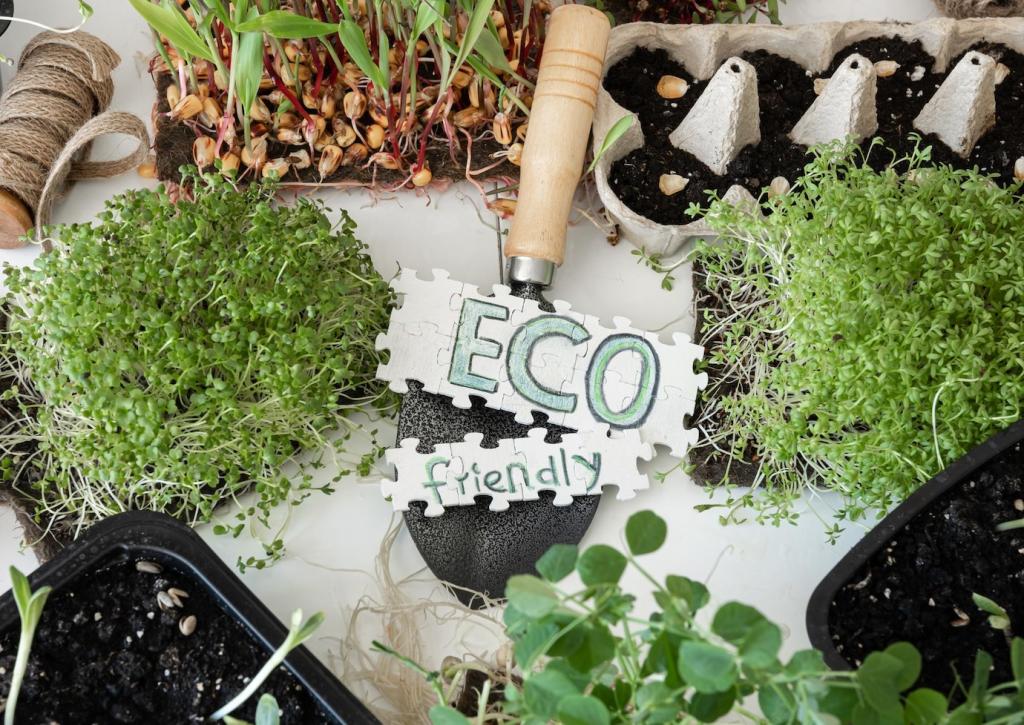
Health, Sustainability, and Mindful Cleaning
Vinegar mists, mild soaps, and regular vacuuming limit volatile compounds and dust. Families with sensitive lungs, pets, or babies benefit from this lighter footprint. Share how natural cleaning changed the feel of your home.
Health, Sustainability, and Mindful Cleaning
Wear gloves if you have sensitive skin, and ventilate during any solvent use. A simple dust mask while vacuuming can help during deep cleans. Safety first makes natural routines pleasant, repeatable, and family‑friendly.
